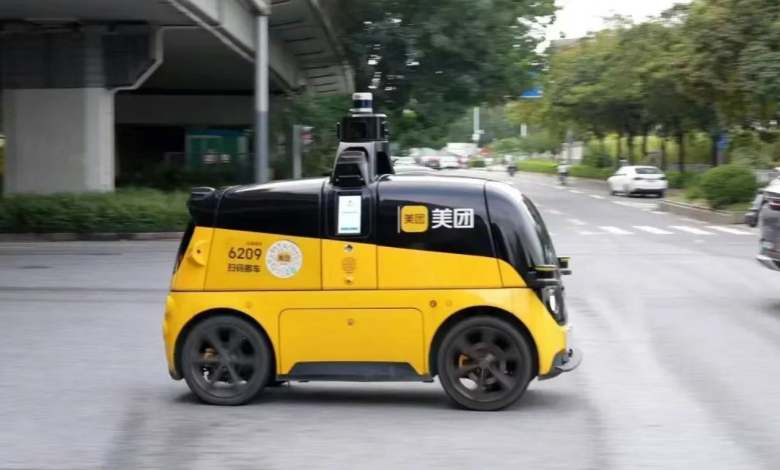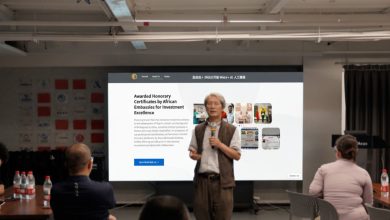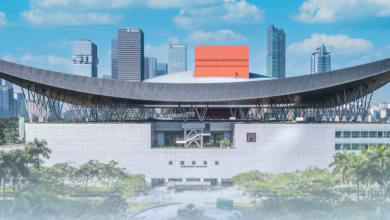
Shenzhen Achieves Full-City Coverage: Unmanned Delivery Services Enter New Phase

The Rise of Smart Logistics in Shenzhen
In my experience covering urban innovation, few cities match Shenzhen’s pace in integrating autonomous technologies. The recent launch of unmanned delivery routes in Futian District’s Meilin area marks a watershed moment—Shenzhen has officially achieved full-city coverage for its robotic logistics network.
What makes this breakthrough remarkable is the public transport-centric approach. Shenzhen Bus Group, alongside partners like SF Express and Meituan, has repurposed bus depots into smart logistics hubs. At the Meilin station, I observed staff in transit uniforms swapping batteries and running diagnostics on delivery bots, while real-time tracking data flashed across control screens. This synergy between mass transit and last-mile delivery solves critical urban challenges:
- Efficiency: 30-minute delivery guarantees in dense communities
- Sustainability: Shared charging/swap infrastructure cuts emissions
- Cost-Effectiveness: Reusing bus depots reduces operational overhead
The system already handles 100,000+ daily deliveries across 100+ neighborhoods—a blueprint for megacities worldwide.
How “Bus DNA” Powers Shenzhen’s Autonomous Delivery
When I visited the Nanshan District operations center, the “public transport + unmanned delivery” integration revealed its genius. Shenzhen’s three state-owned bus companies (Bus Group, Eastern Bus, and Western Bus) provide:
- Infrastructure: Over 300 unmanned vehicles now utilize bus depots for overnight parking and battery swaps
- Safety Nets: A hybrid “remote monitoring + onsite rescue” model achieves 99.8% incident-free operation
- Scalability: The standardized framework allows rapid expansion (e.g., Xili Makan routes under development)
Key Innovation: Eastern Bus’s three-tier emergency response—cloud diagnostics, ground teams, and insurance coordination—was stress-tested in collision drills. This protocol slashes incident resolution time by 40% compared to traditional logistics.
Beyond Packages: 12 Scenes Reshaping Urban Life
Shenzhen’s unmanned network has evolved far beyond e-commerce. Current applications include:
| Scenario | Example | Impact |
|---|---|---|
| Medical Supplies | Contactless hospital deliveries | Reduced infection risks |
| Manufacturing | Factory parts logistics | 24/7 supply chain support |
| Emergency Relief | Flood zone payload delivery trials | Rapid disaster response |
A delivery bot operator told me: “During the 2023 floods, our drones and ground vehicles transported 5 tons of supplies to cut-off areas—that’s when I realized this tech saves lives.”
The Road Ahead: Shenzhen’s 2025 Vision
By next year, Shenzhen plans to:
- Expand into emergency medical transport using temperature-controlled compartments
- Deploy 200+ additional vehicles specializing in oversized cargo
- Establish cross-border unmanned corridors linking Hong Kong’s Northern Metropolis
As someone who’s tracked this evolution since the first pilot in 2020, I’m convinced Shenzhen’s model—leveraging public assets for private-sector innovation—offers a template for smart cities globally. The lights shining on those midnight battery swaps in bus depots? They’re illuminating the future of urban logistics.





